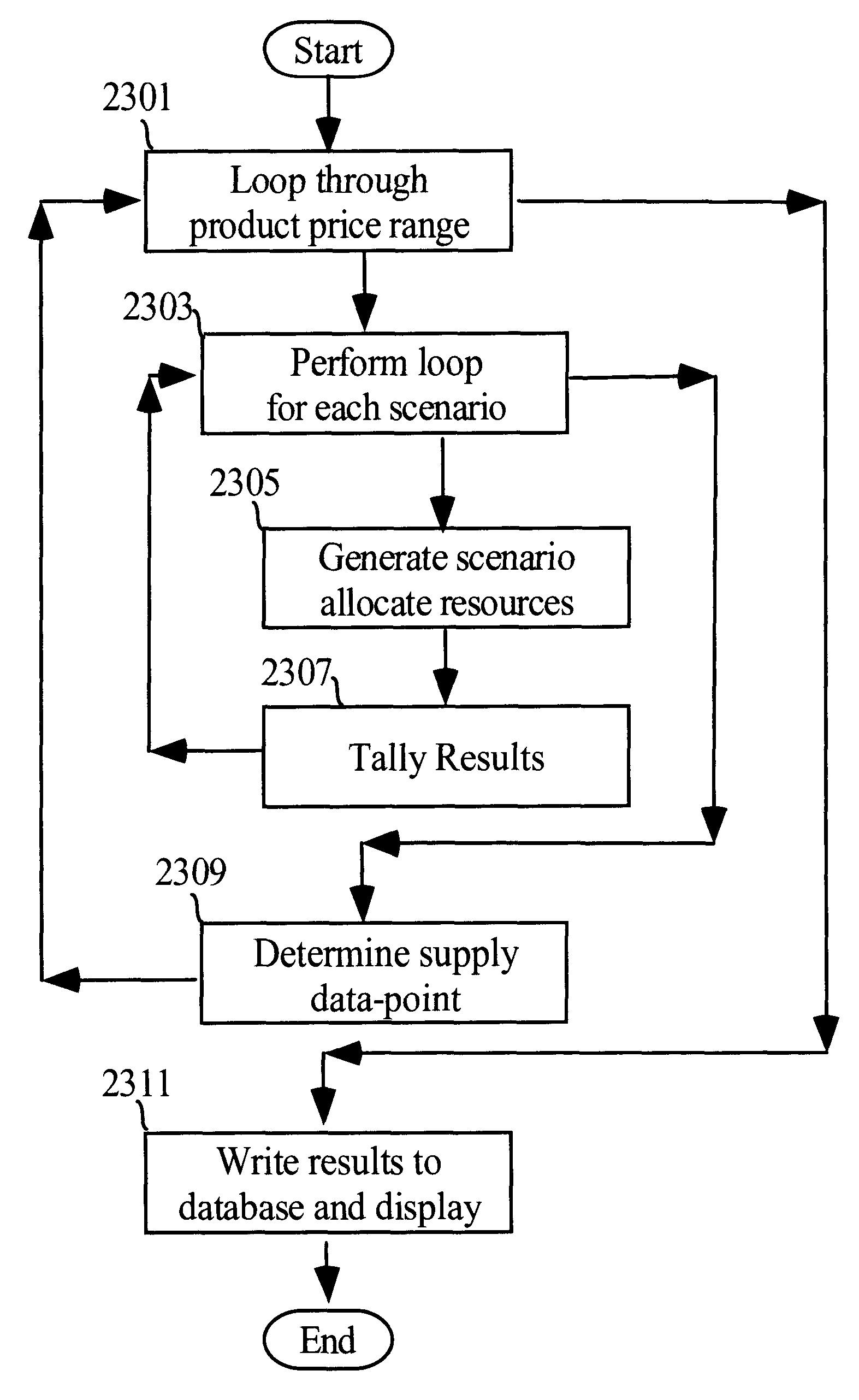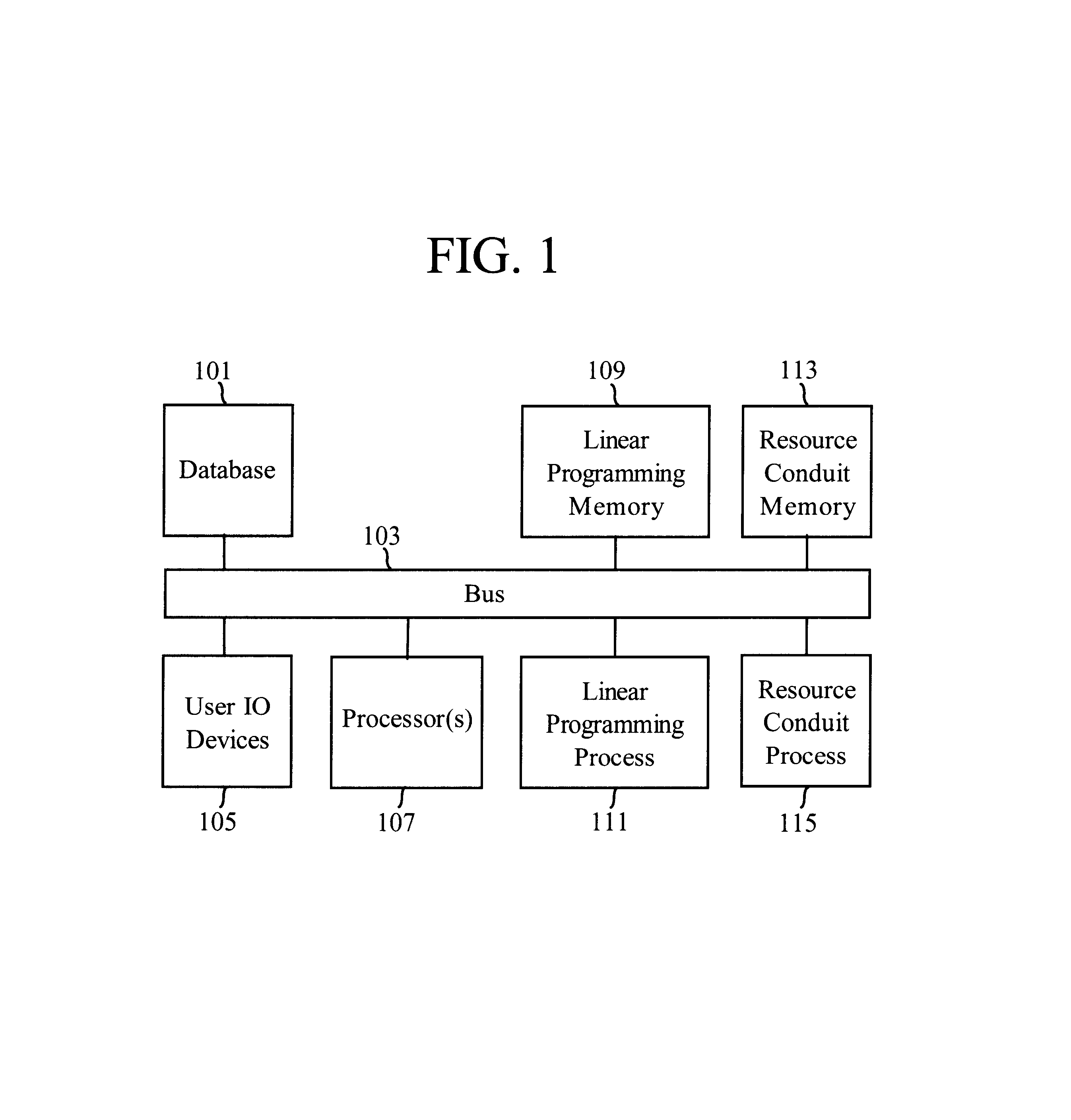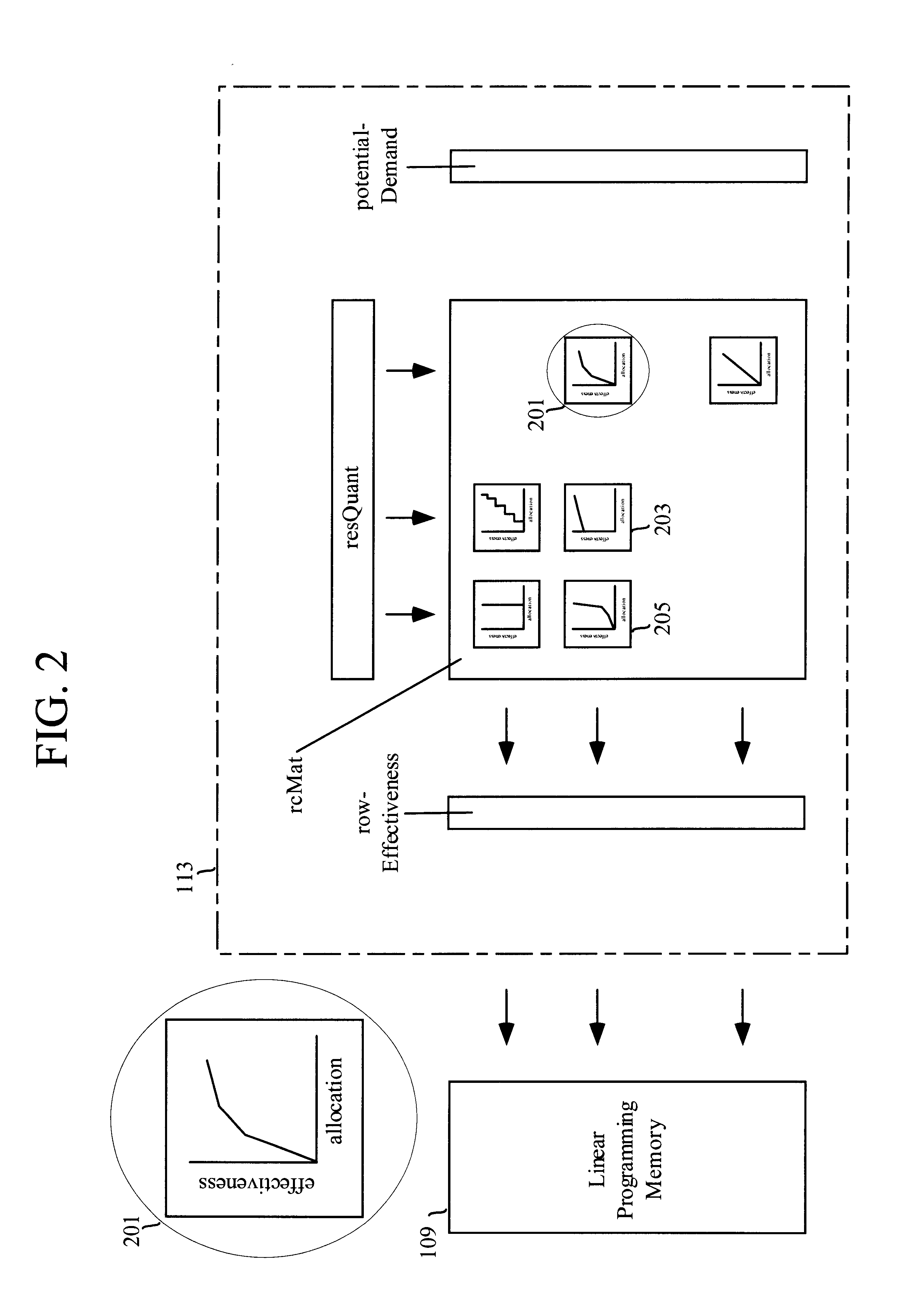To do otherwise constitutes waste.
The business that wastes its resources forgoes profits and risks eventually closing; the non-profit and governmental organizations that waste their resources fail in their missions, fail as institutions, and / or cost their society more than is necessary.
This is not objective, nor scientific, and carries with it additional well-known risks and limitations of subjective
decision making.
By using such invalid costs, undesirable allocations can be made.
The problem with the accountant's cost, as is best known by economists and people with MBAs, is that it:1. inappropriately includes the price paid for resources, even though such prices are frequently irrelevant to the decision at hand, which is how best to use resources.2. does not include opportunity cost, which is the loss or waste resulting from not using a resource in its best use.
There is also the famous dilemma of whether cost, as determined by an accountant, should include fixed, sunken, and / or overhead costs.
Resolution of this issue would significantly affect how organizations calculate costs, and in turn allocate resources.
Part of the dilemma of including fixed, sunken, and / or overhead costs is how best to allocate such costs, assuming that such an allocation is going to be made.
As is well known, such allocations are largely arbitrary and necessarily distort resulting “costs.”
Further, the accounting approach to allocating organizational resources is unable to fine-tune allocation quantities.
Accounting offers no means to determine such a marginal value, which is necessary to optimally trade-off resource cost for resource value.
It fails to address the above-mentioned problems.
It has largely been confined to use by engineers to solve
engineering problems, some of which are organizational allocation problems.
Though as a method of allocating organizational resources
linear programming is very important to some types of organizations for some types of allocations, overall, its use for allocating organizational resources has been limited.
It cannot
handle allocations when economies of scale, economies of scope, or synergistic properties exist; nor can it mix allocating volume and non-volume correlated resources.
This means, most importantly, that what are usually known as overhead resources frequently cannot be allocated using linear
programming.
For example, for a
mass market widgets manufacture, linear
programming cannot
handle the allocation of design resources: a design can be shared by multiple widgets models (economies of scope) and each design used for however many units are sold (economies of scale); further, linear programming cannot: 1) allocate design resources while also considering the effects of design on
manufacturing efficiency (
synergy), nor 2) simultaneously allocate resources to produce widget units (mix non-volume and volume correlated resources respectively).
Practically, this means that linear programming cannot usually be used to allocate some of the most important organizational resources: management time, marketing resources, research and development,
product design,
product engineering, etc.
Many of the textbooks published in the mid-1980s contained errors in their explanation of a key concept for using linear programming, even though the concept dates back to the 1950s.
The final problem with using linear programming for allocating organizational resources is that it implicitly assumes a static future in terms of allocations.
For many organizations, opportunities, available resources, and commitments are in constant flux—there is never a moment when all can be definitively optimized; nor is it generally administratively or technically possible to update formulations and repeat the linear
programming process continuously.
Other than
integer programming's capability to
handle integer variables within a linear programming construct, these extensions are of limited utility and are only for special cases.
For purposes of allocating organizational resources, these techniques too are of limited utility, and only for special cases.
Such methods of allocation are far too specialized to be used outside the areas for which they are specifically developed.
The problem with this approach is that many data points are required and that it entails a gross aggregation.
Furthermore, the formulation, because it completely lacks any
linearity, is frequently unrealistic.
Because of its perspective and limited quantification however, the applicability of this method of allocating organizational resources has been limited to only focusing efforts within the marketing, selling, and advertising areas.
The problem with this method is its presumption of a single constraint, its qualitative nature, and, to the extent to which it is quantified, its not yielding results or insights any different from applying accounting (variable costing mode) or linear programming.
When internal prices are set by, and then used in, the above allocation techniques, the techniques' flaws and limitations as previously discussed remain.
Again, the techniques' flaws and limitations as previously discussed remain.
These techniques themselves are frequently deficient, because they are unable to fully optimize resources allocations, given the various dependencies.
Activity Based Costing limited itself to addressing only some of the most serious problems of traditional accounting.
It ignored modern theoretic economic understanding, because practical attempts to use such knowledge were frequently incorrectly done, and, consequently, undesirable allocations were made.
Activity Based Costing also ignored modern economic understanding because the economic profession had not sufficiently bridged the gap between theory and practice.
Linear programming never even moderately displaced accounting, because it was not sufficiently theoretically and practically known how to extend and adapt it.
Hence, today, organizations are without the tools to best allocate resources; and as a consequence, their abilities to reach goals are hindered, the allocation of humanity's resources is sub-optimal, and humanity's living standard is less than what it could be.
 Login to View More
Login to View More  Login to View More
Login to View More 


